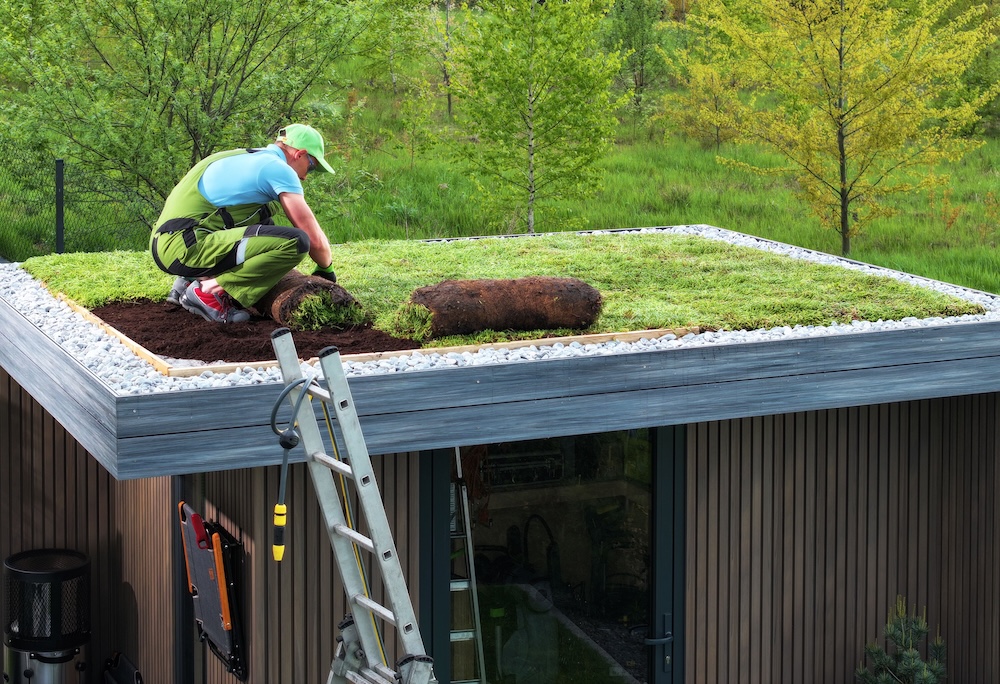Beyond Control: A New Relationship With the Earth
As the climate crisis intensifies, most solutions we hear about focus on human-made interventions — new technologies, carbon capture machines, AI-powered grids. While innovation has its place, we often overlook one of the most powerful allies we already have: nature itself.
Nature isn’t just a backdrop to our lives. It’s an active, dynamic system with millions of years of resilience built in. And when we partner with nature, rather than try to dominate or fix it, we unlock climate solutions that are regenerative, adaptive, and deeply healing.
This isn’t just philosophy. It’s strategy. And it’s working.
What Are Nature-Based Solutions?
Nature-based solutions (NbS) are actions that protect, restore, or manage ecosystems in ways that address societal challenges — especially climate change, biodiversity loss, and human health.
In 2025, leading scientists and climate policy makers recognize that NbS can deliver over one-third of the emission reductions needed to meet global climate goals — all while improving lives, habitats, and long-term resilience.
Nature-based doesn’t mean passive. It means working with nature’s systems, not against them.
1. Restoring Ecosystems to Capture Carbon
Forests, wetlands, mangroves, and grasslands are carbon sinks — living systems that absorb and store carbon dioxide from the atmosphere.
But degraded ecosystems lose that ability. In 2025:
- The Amazon has flipped from a carbon sink to a carbon source in certain regions due to deforestation
- North American wetlands, when restored, can sequester up to 5x more carbon per acre than forests
Nature-based action:
- Rewilding damaged areas
- Supporting indigenous land stewardship
- Investing in regenerative agriculture and afforestation
2. Urban Design That Mimics Natural Systems
Cities are often built to resist nature — concrete, asphalt, and rigid structures that trap heat, redirect water, and pollute the air. But biophilic design and green infrastructure are changing that.
Nature-based cities use:
- Green roofs that insulate and cool
- Permeable pavements that allow rainwater to soak into the ground
- Urban forests and tree corridors that filter air, reduce heat islands, and restore biodiversity
These aren’t just aesthetic upgrades. They lower emissions, reduce energy use, and improve mental and physical health.
3. Letting Rivers Be Rivers
Across the globe, rivers have been straightened, dammed, and diverted in the name of progress. But controlled rivers often flood more severely when stressed by climate extremes.
Nature-based flood management now means:
- Restoring natural riverbanks
- Reconnecting rivers with their floodplains
- Removing outdated dams and allowing wetlands to buffer storms
2025 case study: In the Netherlands, the “Room for the River” project has proven that giving rivers space reduces flood damage while restoring wildlife and community use.
4. Working With Soil, Not Just On It
Healthy soil is alive — a web of fungi, bacteria, organic matter, and microfauna. It holds carbon, stores water, and feeds plants. But conventional agriculture, paving, and pollution have stripped soil of life.
Nature-based agriculture revives it through:
- Cover cropping to prevent erosion
- No-till farming to preserve microhabitats
- Agroforestry that integrates trees with food production
In 2025, regenerative farms around the world are outperforming conventional farms in yield stability, biodiversity, and climate resilience — proving that partnership pays off.
5. Rewilding for Biodiversity and Balance
Nature regulates itself — when allowed to. Predators keep prey populations in check. Native plants resist disease. Ecosystems adapt together.
Rewilding efforts in 2025 are seeing success in:
- Bringing wolves back to Yellowstone, which reshaped entire river systems
- Reintroducing beavers in the UK to improve water retention
- Supporting native pollinators through organic, pesticide-free gardens
When we reintroduce balance, we reduce the need for artificial control — and often solve multiple problems at once.
6. Designing With Nature in Everyday Life
Nature-based doesn’t have to mean large-scale policy. It can guide daily choices in how we live, build, grow, and consume.
At the personal level, this can mean:
- Choosing natural, biodegradable materials over synthetics
- Creating microhabitats on balconies or in yards
- Supporting local and seasonal foods to reduce environmental strain
Even something as simple as catching rainwater, planting native species, or avoiding over-irrigation can be a climate act — when done in harmony with local conditions.
This Is About Partnership, Not Control
Nature isn’t broken. It’s under pressure. And it’s still trying to do what it’s always done — heal, regenerate, restore balance.
The question is whether we will let it.
Partnership means:
- Listening to nature’s signals (heatwaves, biodiversity loss, floods) and responding with humility
- Giving ecosystems space to recover
- Choosing long-term interdependence over short-term extraction
In other words, partnership is not about fixing nature — it’s about letting nature fix what we broke, and being part of that recovery.
Why It Matters Now
In 2025, we don’t need more domination over nature. We need collaboration, reciprocity, and trust in natural intelligence.
Partnering with nature means rebuilding that trust — one wetland, one rooftop garden, one conscious choice at a time.
And the beauty of this path? It doesn’t require waiting on legislation, billionaires, or perfect conditions. You can start now. Wherever you are. With whatever you have.
Because nature is ready. And she’s been waiting for us to show up — as allies, not architects.









Reader Interactions